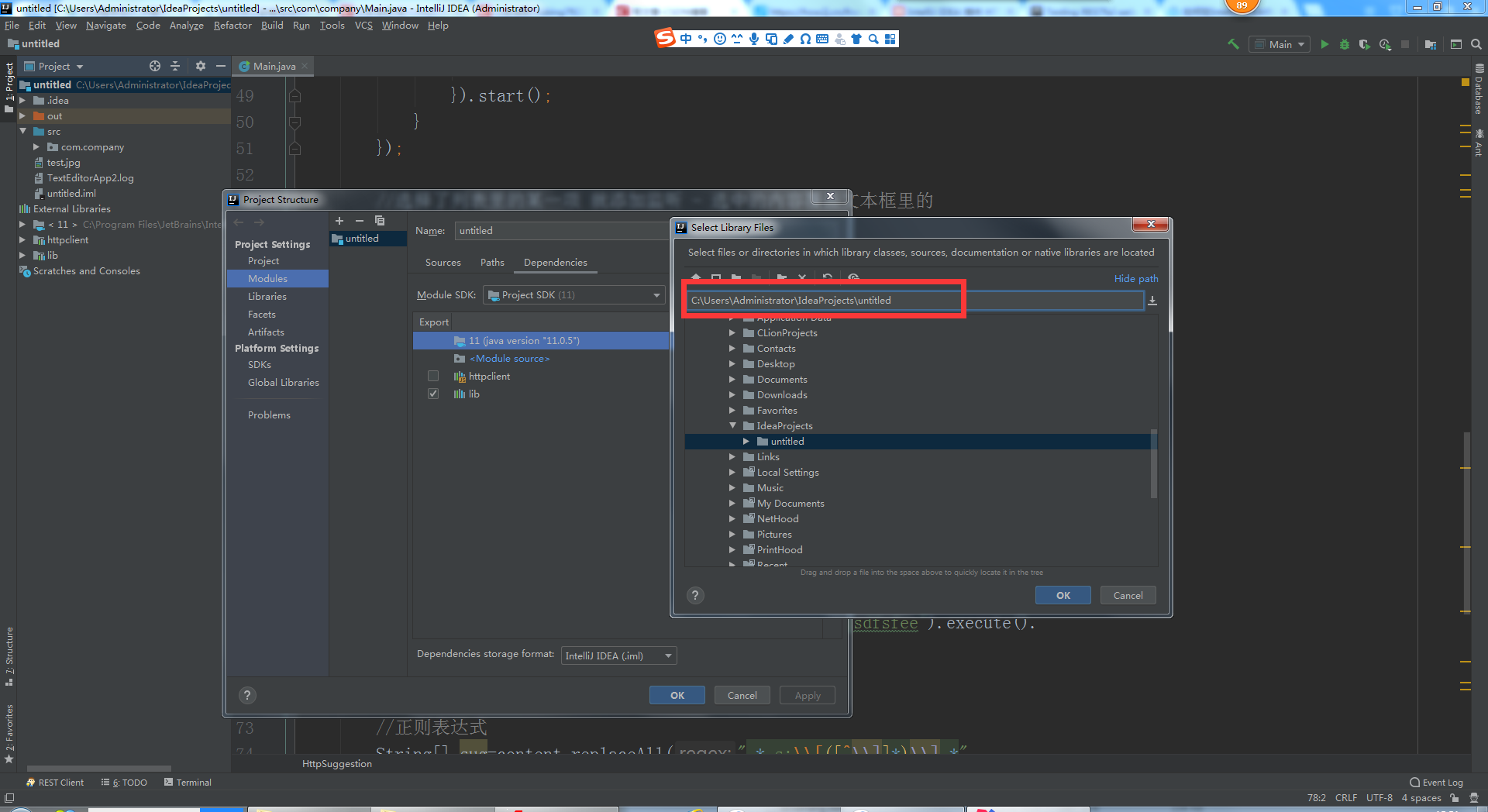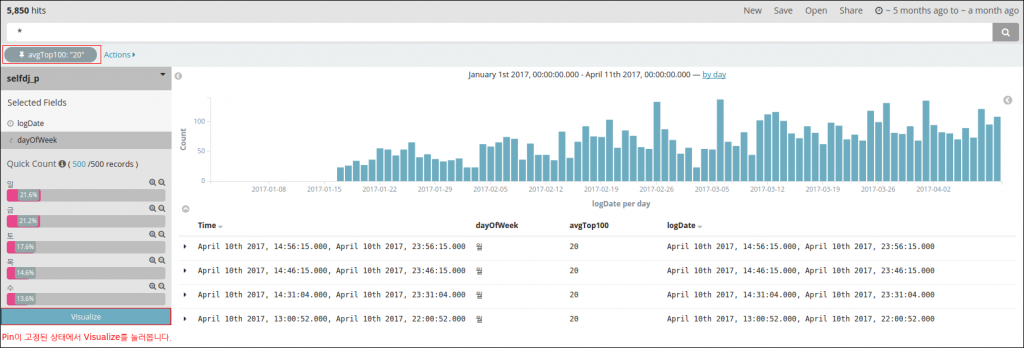


American Cryptology during the Cold War, 1945-1989 ( NSA).Differential cryptanalysis ( Wikipedia).The Data Encryption Standard (DES) and its strength against attacks by D.NSA’s involvement in the design of the Data Encryption Standard ( Wikipedia).The Visual Microphone: Passive Recovery of Sound from Video ( YouTube).Smashing The Stack For Fun And Profit ( ).For Everyone – PagerDuty Security Training ( ).For Engineers – PagerDuty Security Training ( ).Data remanence: This is when an attacker gets sensitive data after it was thought to have been deleted.Acoustic cryptanalysis: This is when the attacker is analyzing sounds to find out what’s going on, such as using a microphone to listen to the sounds of typing a password.An example of this process is called differential power analysis. Power analysis: This is when you can actually figure out what a processor is doing by analyzing the electrical power being consumed.For example, multiplication takes longer than addition so you might be able to determine that there’s multiplication happening. Timing attack: Understanding how long certain processes take can allow you to infer information about the process.Side Channel Attacks: This is when the attacker is using information that’s not necessarily part of a process to get information about that process.You need to run scans on your apps, code, and infrastructure. Remember, your dependencies may also have vulnerabilities such as this.Path Traversal: This is when you “break out” of the web server’s directory and are able to access, or serve up, content from elsewhere on the server.Apparently you can use this method to easily get a root shell – article linked in the resources.
#Intellij http client code
One malicious use of a buffer overflow is using a NOP sled (no-operation sled) to fill up the buffer with a lot of NOPs with your malicious code at the end of the ride.Typically these are used to execute malicious code by putting instructions in a piece of memory that is to be executed after a previous statement completes.From Wikipedia, a buffer overflow _”is an anomaly where a program, while writing data to a buffer, overruns the buffer’s boundary and overwrites adjacent memory locations.”_.Buffer overflow: This is when a piece of data is stored somewhere it shouldn’t be able to access.Use the least permissive approach you can as it greatly reduces risks.



 0 kommentar(er)
0 kommentar(er)
